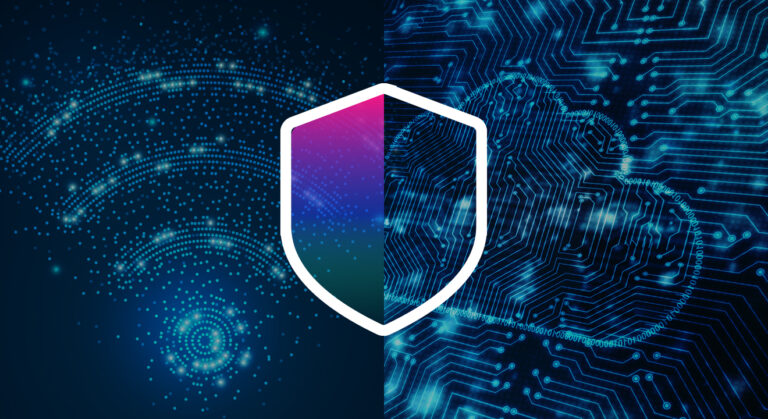Whether you are an internet or cybersecurity service provider or even sell home insurance in a hyperconnected environment, you have a lot to gain from seeing devices that connect to the network and understanding user and device behavior.
As home, SMB, and enterprise networks have grown increasingly fragmented and complex through the adoption of smart devices, it has become clear that companies providing services in these environments can significantly benefit from a deeper and more granular level of network data. By leveraging such data, they can better understand the environment they operate in, improve their quality of service, or upsell new services more efficiently.
The term of deep network visibility can be interpreted broadly, but its real definition is actually quite simple. Network visibility refers to the awareness of everything throughout your network with the help of network visibility tools.
What is the role of deep network visibility for today’s connected businesses?
The benefits of seeing what connects to the network and understanding the risks and opportunities associated with a device and its behavioral patterns can be broken down according to the type of business or service that you offer.
First, let’s consider cyber-security vendors offering endpoint or firewall solutions. Deep visibility tools can allow them to:
- Utilize network data to identify all connected devices and better understand the attack surface
- Assess the risk of the network as well as of each device within the network
- Achieve risk mitigation through the implementation and enforcement of comprehensive security policies
For Internet Service Providers (ISPs), deep network visibility can provide:
- Deeper insights into their customers’ networks and needs, resulting in improved network operations and the ability to upsell new services more efficiently to increase ARPU.
- Assistance to consumers and their support teams in better managing the devices connected to their networks and proactive support in resolving known device issues
- Improved digital control, traffic prioritization, and parental controls to enhance customer experience
We can also look at the example of insurance companies – whether they offer cyber insurance or would like to verify the inventory of devices as part of a home insurance offering, deep visibility tools can make it possible for these companies to:
- Understand which devices connect to the network for inventory verification (and by doing so, avoid fraudulent devices within the network)
- Quantify the risk of cyber-attacks on the insured network by understanding the level of exposure each connected device introduces to the network.
In each of these cases, the benefits of deep network visibility revolve around data-driven decision-making and risk assessment. The more in-depth and extensive your network visibility, the better you can manage the risk of exposure to cyberattacks or insurance claims and implement the necessary mitigation actions.
The challenges of gaining deep network visibility
- Scanning the network: This capability is especially important when considering cross-platform usage and different operating systems, especially iOS, which implements different restrictions on the data that can be picked up from the network. Most network scanning tools available in the market do not provide a good enough solution for iOS.
- Accuracy of device identification: To achieve accurate device identification, it’s necessary to have a database of devices and build a profile of how each device communicates in the network. The bigger your database, and the more exposure you have to network data, the better accuracy you can achieve.
- Assessing the risk of the network: To assess the risk of the network, it is required to first understand the risk associated with each device that connects to the network, and then understand whether this risk can materialize in the context of the specific network. The risk of each device depends on known and unknown vulnerabilities, and in order to expose zero-day/new vulnerabilities, it is necessary to identify illegitimate traffic in the network. This requires frequent monitoring of network traffic and algorithms that define device behavioral patterns.
How SAM Intelligence responds to the above challenges
Now that we’ve explained the value and challenges of deep network visibility, it’s important to explain what companies should consider when selecting the vendor to help them achieve accurate forecasting of impending issues.
How does SAM stand out?
- SAM’s networking expertise enables us to overcome many of the restrictions that are introduced by different operating systems. We do this by providing a scanning tool that picks up the necessary data from the network, regardless of the platform on which it runs. Accurate network scanning is the first building block upon which visibility and security rely on.
- SAM actively monitors millions of networks, and since we are deployed on routers, which are the main networking component, we gain access to network traffic from tens of millions of devices each day. This allows us to constantly grow our device database and optimize our device identification algorithm based on the most granular level of network data.
- SAM is a network-based cybersecurity company. We have been studying the behavior of devices for years, building a huge database of devices and communication patterns. Device risk is not static but constantly changing, we respond by studying the behavior of each device. That way, we can continuously assess the risk that it introduces to a specific network in real-time.
Learn more about how SAM stands out: Gain full visibility into your network and IoT devices with SAM Intelligence.







